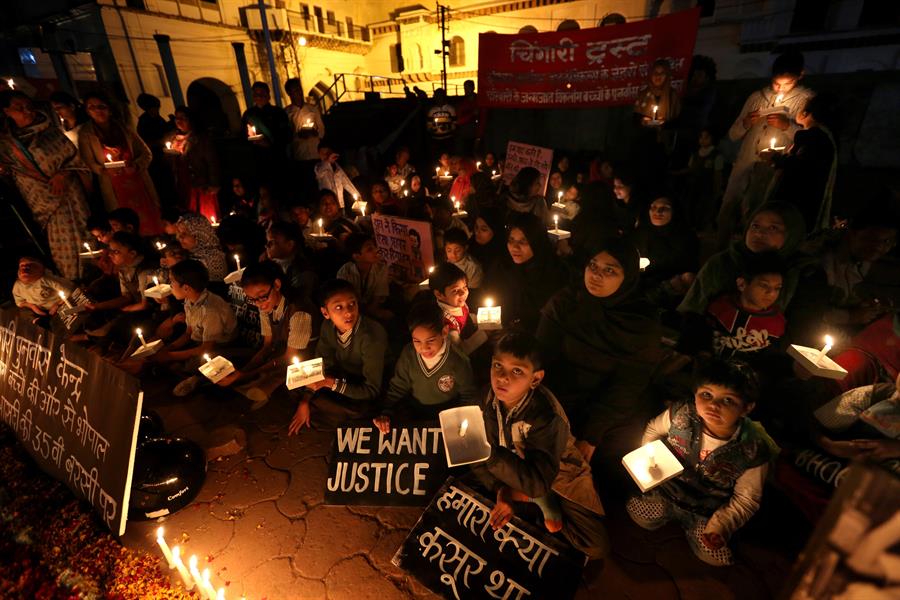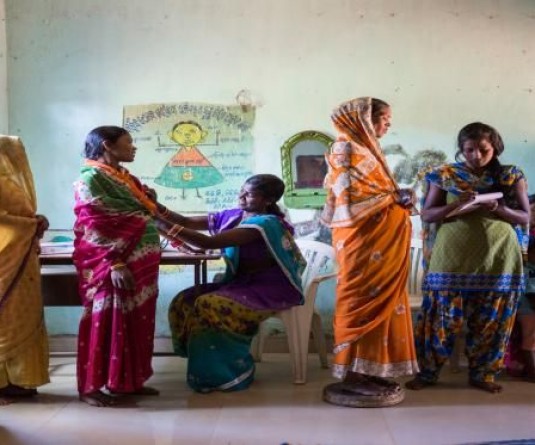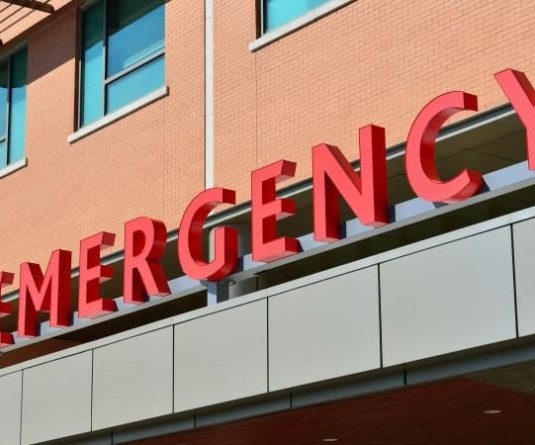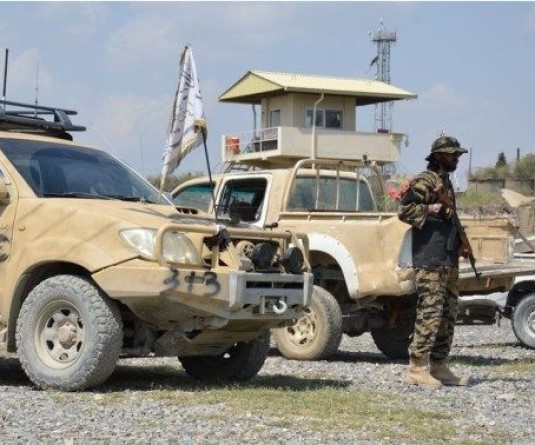The forgotten children of Bhopal

Indian children born with congenital disabilities, believed to be caused by the exposure of their parents to gas leakage during the Union Carbide gas leak disaster, along with their relatives and supporters, take part in a candle light vigil to pay homage to the people killed in the 1984 Bhopal gas tragedy to mark the 35th anniversary of the disaster, in Bhopal, India, Nov.30, 2019. EFE-EPA/SANJEEV GUPTA
By Siddhi Jain
New Delhi, December 3 (IANSlife) A photo-exhibition titled 'Aftermath: 35 Years after the Bhopal Gas Tragedy' by independent social documentary photographer and short story writer, Rohit Jain, showcases the life of Bhopal's people three generations after that fateful night.
On the night of December 2, 1984, into the morning of December 3, approximately 40 tons of the toxic gas methyl isocyanate (MIC) spewed from the Union Carbide Corporation factory in the Madhya Pradesh capital.
Blown by the wind, the gas covered an area of roughly 40 square kilometres. The entire population of old Bhopal was affected; pregnant women miscarried as they ran, children died in their parents' arms and much more. In the days after, the hospitals were overwhelmed by the dead and dying.
The night ultimately ended, but years of death and suffering had just begun.
"The gas tragedy wasn't enough warning for Union Carbide and the Indian government. They remained indifferent about a secret second disaster from the factory: the toxic wastes from the factory site had been piped into three huge 'solar evaporation ponds' and were slowly leaking into the soil and groundwater. This poisoned groundwater is what families were pumping out every day for washing, cooking, and drinking," a note on the exhibition said.
Now, in 2019, there are second and third-generation children from the survivors who escaped with their lives. Children are being born with a range of disabilities not seen anywhere else in India. Cerebral palsy, muscular dystrophy (MD), Down's syndrome, attention deficit hyperactivity disorder (ADHD), blindness, learning difficulties, and gross motor delay are common and many of the children, now young adults, have multiple conditions.
'Aftermath' is a pictorial presentation of the lives of those who have suffered gravely due to corporate and governmental neglect.
The exhibition is open on all days between December 2-22 from 11 am-8 pm at G5A Foundation for Contemporary Culture, Mumbai. Entry is free and open to all.





